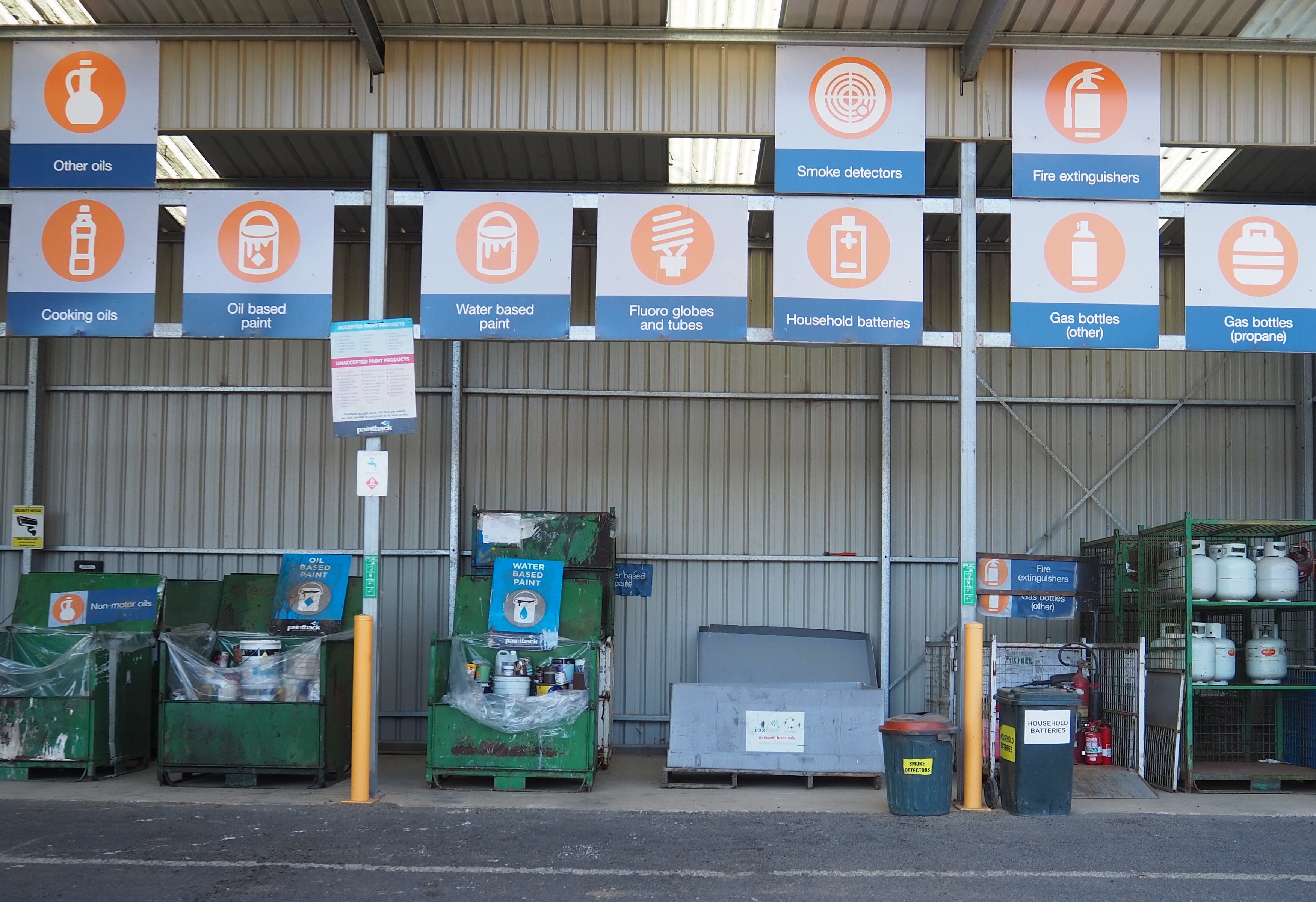Inflatable jumping castles and slides can be popular at community events such as school fetes, sporting activities and other celebrations, but if they aren’t set-up, operated and supervised correctly they can be a serious safety hazard.
WorkSafe Executive Director Health and Safety Sam Jenkin said inspectors found unsafe set-ups at two Melbourne schools last month, including a jumping castle that wasn’t anchored down, unprotected electrical equipment and an inflatable ride set up beneath power lines.
“Well-meaning parents and volunteers organising events on a tight budget may be tempted to choose a cheaper, less professional amusement hire option, but backyard operators just aren’t worth the risk,” Mr Jenkin said.
“No one wants celebration to turn to tragedy, that’s why it’s crucial that event organisers ask questions about safety equipment, systems and processes – and if you’re not satisfied with the answers, go elsewhere.”
WorkSafe completed 380 inspections at 44 events and theme parks so far this year – from major events such as the Royal Melbourne Show, Australian Grand Prix and Australian Open, to regional shows and smaller scale festivals.
Across these visits, inspectors issued 41 improvement notices and had duty holders address another 44 identified safety issues immediately.
Common issues include inadequate anchoring of inflatables, lack of weather-protection on electrical blowers or guarding to prevent children accessing them, and inadequate systems for supervision of patrons and pedestrian management.
WorkSafe also warned against ride hirers who simply drop off inflatables, leaving it to inexperienced volunteers and customers to set-up and operate equipment safely.
“Anyone considering hiring amusement rides or inflatables for events must do their due diligence and ensure the ride hirer prioritises safety in all aspects of their operation, including delivery, set-up, operation, pack-up and maintenance,” Mr Jenkin said.
“Operators who can’t demonstrate safety procedures and provide evidence of their competence and maintenance checks, such as a logbook and training records, may not be a suitable choice.”
Amusement operators must identify all hazards associated with the use of inflatable devices and implement control measures to eliminate or reduce any risks.
All Victorian employers, including those organising community events in their workplaces, have a legal duty to provide a safe workplace for both their own workers and other people, including members of the public.
Anyone with a concern about the safety of an inflatable amusement device should report it to WorkSafe’s advisory service on 1800 136 089.
To control risks associated with operating an inflatable device duty holders should:
- Ensure land-borne inflatable devices are adequately anchored, even when low winds are forecast or the inflatable device is not operational.
- Establish a system of work for regularly monitoring wind speed to ensure that there is sufficient warning and detection of the maximum wind speed. If monitoring indicates that the inflatable’s maximum rated wind speed is likely to be exceeded, it should be deflated.
- Ensure safe access and egress points are provided. This includes making sure the various components of the inflatable device (such as window mesh or screening) do not cause a hazard as a result of entrapment of clothing or part of a body (eg fingers, hands, feet, head).
- Locate electrical blowers which inflate the device in an appropriate position to ensure that they cannot be accessed by members of the public, and are weather protected where required.
- Ensure appropriate supervision and monitoring is undertaken by people who have been trained in the safe operation of the device, including when the device is being inflated or deflated.
- Carry out post-assembly, daily (before use) and annual checks of inflatable devices to ensure that any risk associated with their use is monitored and controlled, including inspections for wear and tear in the fabric.
Visit s and








